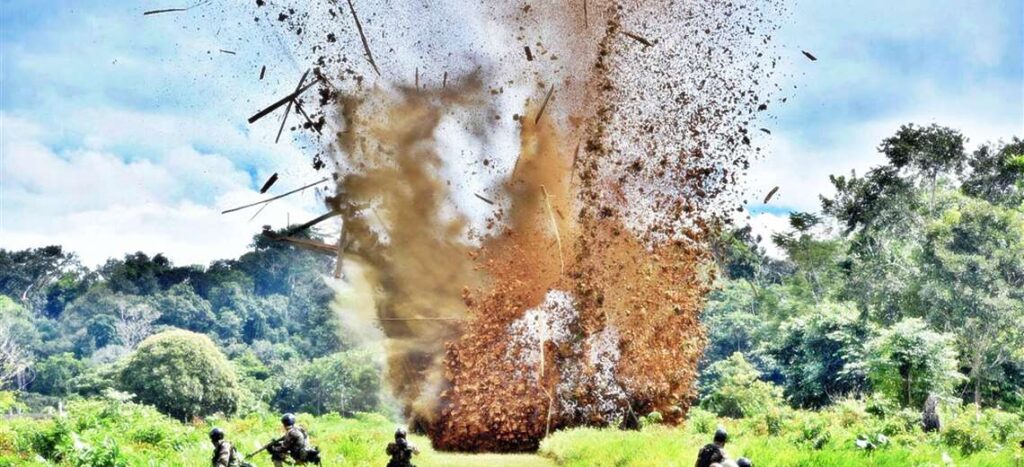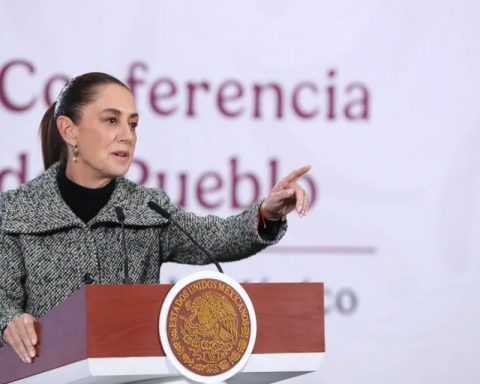The participation of companies geographically installed in the provinces will show a 46% increase in the national e-commerce event Hot Sale 2022, which will take place between May 30 and June 1, with which “the interior ceases to be only a buyer, to become a seller”.
This was highlighted in dialogue with Télam the institutional director of the Argentine Chamber of Electronic Commerce, Gustavo Sambucettiand specified that of the more than 200 companies from the interior83 are in the Litoral provinces, 80 in the central area and both Cuyo and Sur have thirty brands each.
“All regions have brand growth, at 25%; the interior stops being just a buyer to become a seller; which is partly the objective: that the interior sells nationally but above all in Buenos Aires, which is where the largest market is,” said Sambucetti.
The companies that are based in the provinces “tell you that ecommerce is not to sell where I already am, it is to sell in other areas.”
“And they do their homework to make that happen: They set up distribution centers in Buenos Aires, they set up their marketing campaign, regardless of whether their distribution network is, for example, in the NOA, the game is in Buenos Aries, they have to set up a strategy, execute it and compete hand in hand with big brands already installed”, he added.
In this sense, he highlighted the “qualitative leap” in the logistics industry that has “more and better” logistics operatorsand specified that last year “35% of companies opened a new deposit for ecommerce or they assigned a deposit that they had for physical branches to ecommerce”.
He specified that in the AMBA areathe same day delivery went from a participation from 9% in 2019 to 18% in 2020 and 23% last year, when delivery in 24 hours also became 14% of the options chosen by consumers. “In other words, you have 37% of orders delivered in 24 hours,” he said.
“And if you go to the interior it is the same curve but between the options of delivery in a week and delivery in 15 days”, since the first option went from 39% in 2020 to 48% last year, and delivery in a week rose from 19% in 2020 to 27% in 2021, he specified.
In turn, he pointed out that “there are two parties in electronic commerce”: on the one hand, to meet the demand that uses the modality “for convenience, which is more for less relevant purchases in terms of pesos but where the speed of delivery it’s more important”; and on the other hand “there are the purchases that do not change you so much if you receive them now or tomorrow, there you look for prices within the vendors that you trust.”

“That’s the beauty of Hot Sale, a very concentrated competition in three days and some always have more appetite to sell, out of necessity, or because they have more stock; and that competition is good for the consumer,” he said.
He recalled that “eight or six years ago (to participate in these sales events) it was enough to put the logo on the Hot Sale page and the traffic came by itself” while “today you have to earn the position; putting the logo is the ticket To be in the game, to play it and win you have to have a competitive offer, hold events within the event.”
Hot Sale 2022
For this edition of the Hot Sale, 1,091 brands registered, They hope to attract consumers with promotions and improved prices on both services and goods, between 0 am on Monday, May 30, until midnight on June 1.
In all areas “there was growth in participation, there is not one that falls and another that rises, everything grew proportionally”; Sambucetti pointed out.
He specified that by number of brands Clothing is the item with the greatest presence (220 brands, against the 201 of the Hot Sale 2021), Electro has 190 and registered an increase of 50% compared to last year’s event, followed by Home and Deco and Cosmetics and Beauty.
Travel is a category that in 2021 had 27 brands participating in the event and this year it rose to 40in line with the greater possibility of doing tourism, due to the vaccination campaign that minimizes the impact of Covid-19.
Food and drinks is a category that in number of units ranks among the best-selling but in the pre-pandemic the category was characterized by offering alcoholic beverages or delicacies, while now the offer is diversified and closer to the daily consumption of any household.
The type of consumption in electronic commerce “was changing with the maturation of the ecommerce, from an aspirational to a habitual purchase,” Sambucetti said.
“There are 20% of people who make purchases every 15 days and 58% who buy once a month. When you shop regularly it means you shop for everything,” she explained.
Purchase via e-commerce “Today it is a habitual consumption, not associated with a particular category, but as a purchase modality”.
“There is already an established base of buyers, in this Hot Sale there will be enough of the regular purchase, which you have to do yes or yes and then you take advantage of the event,” said the manager to indicate that “there will be those who wait for the Hot Sale to buy the trip to Europe, but many will take the opportunity to buy food, footwear, clothing, what they need on a day-to-day basis”.

















